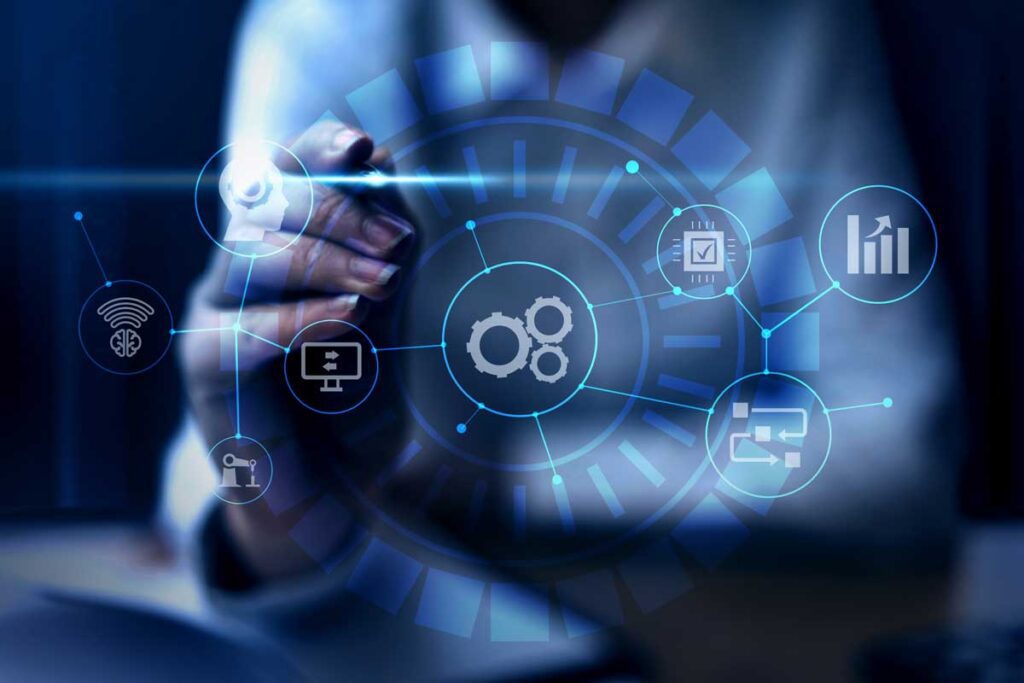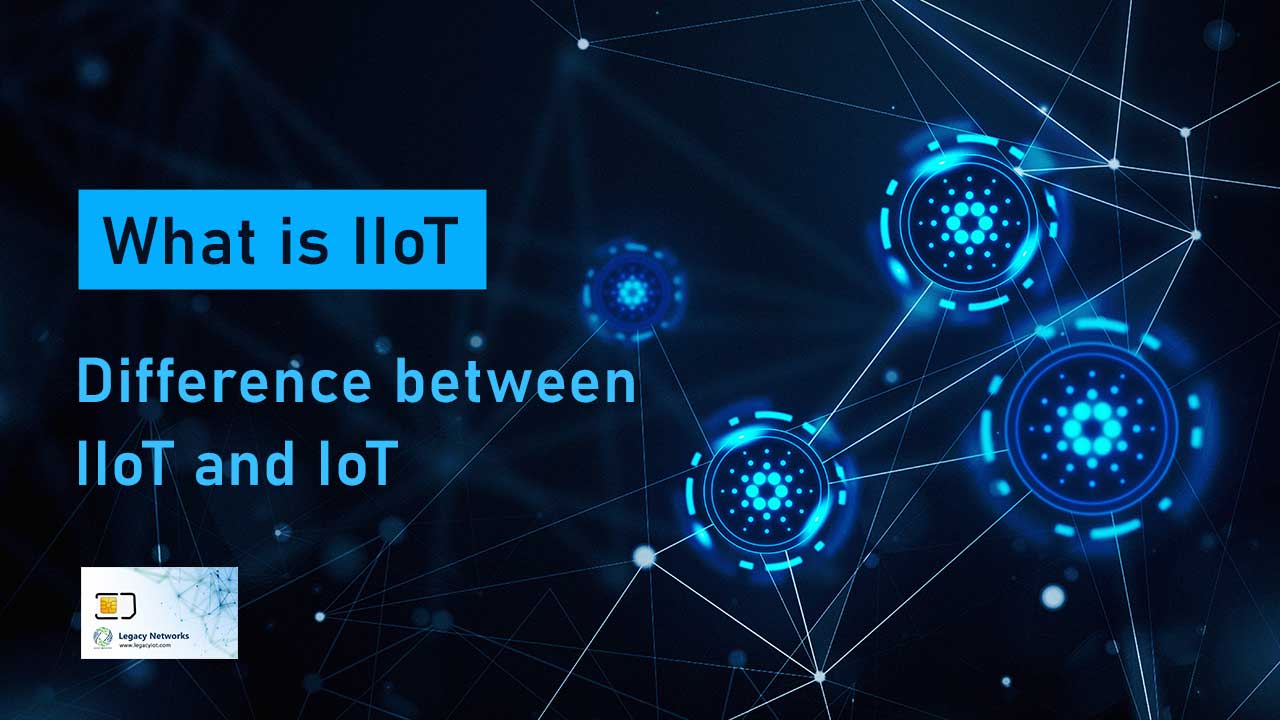Introduction
The word “IoT” has gained popularity as the technological environment, which is quickly expanding, continues to transform several businesses and our everyday lives. But within the realm of IoT lies another transformative concept known as “IIoT” or Industrial Internet of Things.

In this blog, we will explore what IIoT stands for and delve into the difference between iiot and iot. So, let’s dive into this fascinating world of interconnected devices, data, and industries!
1. Understanding IoT
The vast network of physical objects that are outfitted with software, sensors, and other technologies and are referred to as “Internet of Things” (IoT) are able to interact and exchange data with other systems and devices via M2M Sim Cards connected to the internet. These “smart” gadgets might include everything from voice-activated assistants and smart thermostats for the home to linked cars and wearable fitness trackers.
The primary goal of IoT is to enhance convenience, efficiency, and productivity by enabling real-time communication and data exchange between devices, making our lives more interconnected and automated.
Know more About internet of things and how does it work in detail
2. The Emergence of IIoT – IIoT stands for?
A more specialized kind of IoT has arisen to serve industrial sectors, even if it has made tremendous progress in consumer applications. The Industrial Internet of Things is the application of IoT technology to several sectors, including manufacturing, energy, agriculture, and logistics.
In contrast to the IoT that focuses on consumers, the IIoT is more concerned with enhancing industrial processes and maximizing operations through data-driven insights and automation.
3. Key Difference between IIoT and IoT
3.1. Purpose and Scope:
IoT: The purpose of IoT is centered around improving consumer experiences and convenience. It aims to enhance daily life by interconnecting devices and offering seamless automation for users.
IIoT: On the other hand, the main goal of the IIoT is to increase industrial productivity, safety, and efficiency. Predictive maintenance, resource management, and optimization of intricate industrial processes are its key objectives.
3.2. Data Volume and Complexity:
IoT: While consumer IoT devices generate a considerable amount of data, they generally deal with simpler data sets compared to industrial internet of things.
IIoT: Sensors, equipment, and manufacturing lines in industrial settings produce enormous amounts of complicated data. One of the major components of IIoT is the analysis and extraction of useful insights from such data.
3.3. Security Considerations:
IoT: Security concerns in IoT often revolve around personal privacy and data protection.
IIoT: Beyond protecting personal information, security in the IIoT also addresses crucial concerns like defending commercial operations, preserving intellectual property, and avoiding potential physical attacks on networks.
3.4. Connectivity Requirements:
IoT: Consumer IoT devices communicate generally using Wi-Fi or Bluetooth, which is a common kind of standard internet access.
IIoT: Industrial environments may require more robust and reliable connectivity options, such as wired connections or industrial-grade wireless protocols, to ensure uninterrupted data flow in harsh and remote conditions.
4. Real-World Applications of IIoT
IIoT revolutionizes industries with real-world applications. It enables real-time data collection for manufacturing, enhancing maintenance, reducing downtime, and optimizing production processes. And also enables intelligent energy management systems to monitor consumption patterns, optimize usage, and identify efficiency improvements for cost savings.
IIoT technologies enhance agriculture by monitoring crop health, soil conditions, and weather patterns, boosting yields and conserving resources. And also powered tracking systems improve logistics and supply chain efficiency by providing real-time visibility and inventory enhancement.
Know more About Applications of IIoT in detail
Conclusion
The IIoT stands for Industrial Internet of Things which represents a specialized evolution of the broader IoT concept, tailored specifically for industrial applications. While IoT focuses on meeting consumer wants, IIoT is more concerned with streamlining business operations, boosting productivity, and revolutionizing industries like manufacturing, energy, agriculture, and logistics. For organizations and people wishing to properly utilize these technologies, it is essential to understand the difference between IIoT and IoT. As we move forward, the continued advancement of IIoT promises to reshape industries, making them more efficient, sustainable, and connected than ever before.





